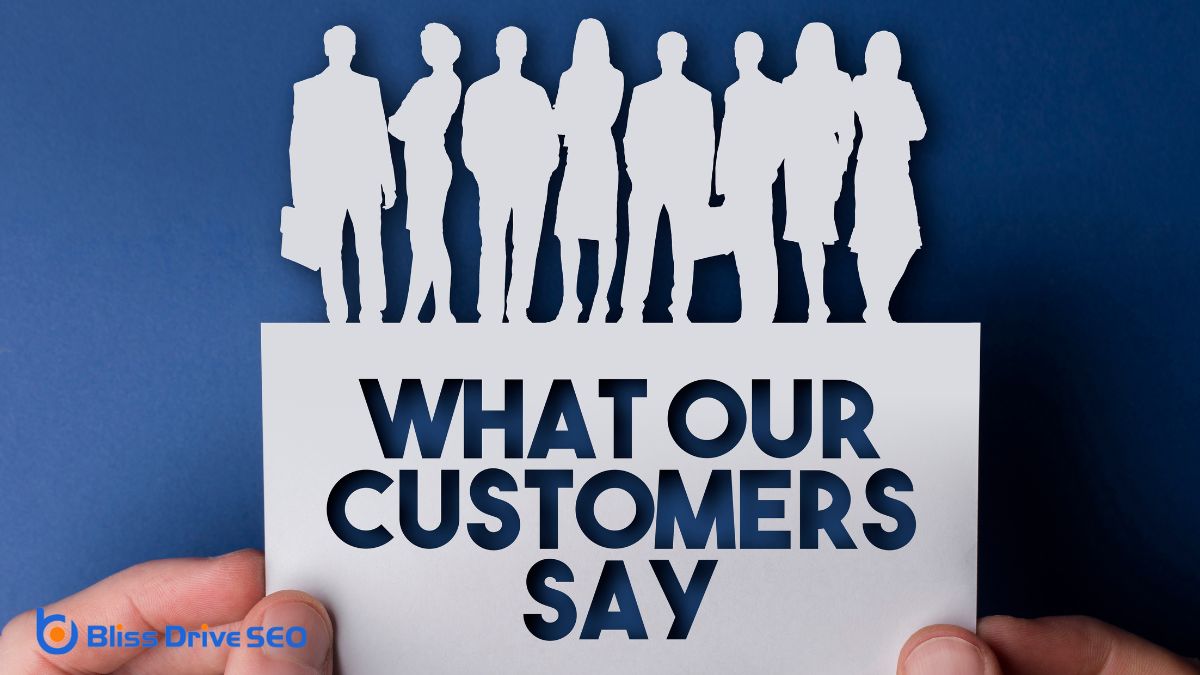Digital Marketing Services
Learn More About Us

Have you ever wondered why visitors leave your website without making a purchase or signing up? Improving conversionThe completion of a desired action by a referred user, such as making a purchase or filling out a fo... rates might seem like a complex task, but it's achievable with a few strategic adjustments. Start by examining your website's design—ensure it's not just visually pleasing but also intuitive. Consider how mobile-friendly your site is as more users browse on the go. Think about the power of persuasive copy that speaks directly to your audience's needs. And don't underestimate the impact of a compelling call to action. But what truly sets successful strategies apart? Let's explore this further.

To truly enhance your website's conversion rates, optimizing its design is essential.
You'll want to focus on creating a visually appealing layout that guides visitors seamlessly toward your call to action. Start by ensuring your website's navigation is intuitive. If users can't find what they're looking for quickly, they'll leave.
Make sure your design is mobile-friendly; more users are browsing on their phones, so a responsive designA web design approach that makes web pages render well on a variety of devices and window or screen ... can't be overlooked.
Use clear, compelling headlines and images that resonate with your audience. Avoid clutter by maintaining adequate white space, helping visitors concentrate on key elements.
Don't forget the importance of fast loading times—slow pages deter potential customers.
To enhance user experience and boost conversion rates, focus on simplifying your site's navigation process.
Users shouldn't struggle to find what they're looking for, so guarantee your menus and links are clear and intuitive.
Additionally, optimize your page load timeThe time it takes for a webpage to fully load, affecting user experience and conversion rates. because no one wants to wait for slow-loading pages; faster sites keep users engaged and more likely to convert.
Maneuvering a website should feel like a breeze, not a chore. When users can easily find what they're looking for, they're more likely to stick around and ultimately convert.
To simplify the navigation process, focus on creating an intuitive layout. Clear labels and logical structure are key to keeping users engaged. Aim for a seamless experience by reducing clicks needed to access information.
Here are some tips to enhance your site's navigation:
Simplifying navigation can greatly boost user satisfaction and conversions.
When your website's pages load swiftly, users are more likely to stay engaged and satisfied with their experience. You can't ignore the impact of page load time on conversion rates.
Slow-loading pages often frustrate visitors, leading them to abandon your site before they even see your offerings. To enhance speed, start by optimizing images. Compress and resize them without sacrificing quality.
Minimize HTTP requests by combining files like CSS and JavaScript. Enable browser caching so returning visitors don't download the same data repeatedly.
Also, consider using a content delivery network (CDN)A system of distributed servers that deliver content to users based on their geographic location. to distribute content more efficiently. Regularly test your site's speed using tools like Google PageSpeed Insights.
To craft persuasive copy, focus on highlighting key benefits that resonate with your audience.
Use strong CTAs to guide them toward taking action and guarantee you address their pain points to build trust.
Although capturing your audience's attention is essential, it's the compelling presentation of your product's key benefits that truly seals the deal. Clearly ,highlighting these benefits helps potential customers understand how your product solves their problems or enhances their lives.
You need to convey why your offering is the best choice, focusing on the unique advantages that set it apart from the competition.
To effectively highlight key benefits, consider the following:
Crafting persuasive calls to action (CTAs) is essential for driving conversions and guiding your audience toward the desired outcome. To create effective CTAs, guarantee they're clear, concise, and compelling.
Use action-oriented language that encourages immediate responses, like "Get Started Now" or "Download Your Free Guide." This helps motivate your audience to take the next step.
PersonalizationTailoring content and offers to individual users based on their behavior, preferences, or demographi... can also boost effectiveness. Tailor your CTAs to speak directly to your audience's needs, making them feel understood and valued.
Position your CTAs strategically on your website or emails so they're easily noticeable but not intrusive.
Finally, test different variations of your CTAs to find what resonates best with your audience. By doing so, you'll improve engagementThe interactions that users have with a brand’s content on social media. and increase conversion rates.
While strong CTAs can guide your audience, addressing their pain points directly in your copy truly resonates with them. When you identify and speak to what's troubling your audience, they feel understood and valued. This connection can transform interest into action.
Use empathetic language to acknowledge their struggles and offerThe specific product or service being promoted by affiliates. your product or service as the solution. Crafting copy that reflects their needs shows you care about their problems and not just your sales.
Consider these tips to enhance your copy:
A strong call-to-action (CTA) can be the difference between a potential leadA potential customer referred by an affiliate who has shown interest in the product or service but h... and a converted customer.
It's crucial to craft CTAs that are clear, concise, and compelling. You want them to stand out on the page and catch the reader's eye. Use action-oriented language that creates urgency, like "Get Started Now" or "Claim Your Free Trial Today."
Ascertain the CTA aligns with the user's intent and the content surrounding it. Make it easy for users to take the next step by minimizing the effort required, such as reducing the number of form fields.
Consistency is key; keep your CTAs visually distinct but thematically aligned with your brand. Test different placementsSpecific websites or locations within websites where ads can appear. and designs to find what resonates best with your audience.
To truly understand what drives your audience to convert, consider implementing A/B testing as a strategic approach. This method allows you to compare two versions of a webpage or marketing element to see which one performs better.
By experimenting with different headlines, images, or call-to-action buttons, you can gather valuable insights into what resonates with your audience.
Start small and focus on changes that will have the most significant impact. Keep in mind the importance of testing one variable at a time to guarantee the results are clear and actionable.
Here's how to enhance your A/B testing:

Listening to your customers can provide invaluable insights into improving conversion rates. By actively seeking feedback, you'll uncover what truly matters to them.
Start by using surveys, reviews, and direct conversations to gather their thoughts. Pay attention to recurring themes or specific concerns that might hinder their decision to purchase.
Once you've collected feedback, analyze it to identify patterns and areas needing improvement. Look for actionable suggestions that align with your business goals.
Don't just focus on negative feedback—positive comments can highlight what you're doing right and should continue.
After analyzing, implement changes that address customer concerns. Communicate these adjustments clearly, showing customers that their voices matter.
This not only boosts conversion rates but also builds trust and loyalty.
To boost your conversion rates, focus on refining your website's design and user experience. Make sure it's visually appealing, mobile-friendly, and easy to navigate. Use persuasive copy that highlights benefits and tackles customer pain points, paired with strong calls to action for immediate engagement. Don't forget to implement A/B testing to uncover effective strategies and analyze customer feedback for valuable insights. By building trust and showcasing success stories, you'll enhance loyalty and drive more conversions.
